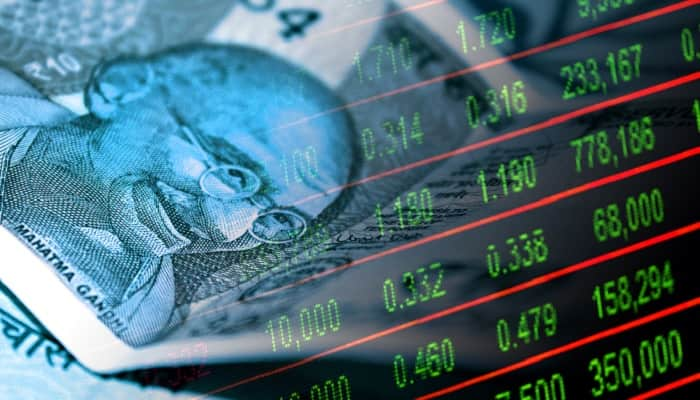Kerala has once again topped the inflation charts in India, marking the third consecutive month of leading the country with the highest consumer price rise. According to data released by the Ministry of Statistics and Programme Implementation, the state recorded a retail inflation rate of 6.59 percent in March, almost double the national average of 3.
34 percent.Though Kerala's March figure represents a modest drop from February's 7.31 percent, it still remains well above the Reserve Bank of India's comfort zone of 6 percent.

The rural areas of the state were hit the hardest, with inflation at 7.29 percent, while urban centres saw a rate of 5.29 percent.
Meanwhile, India's overall retail inflation cooled to 3.34 percent in March, down from 3.61 percent in February.
The decline, driven largely by a significant fall in food inflation to 2.69 percent, marks the lowest inflation reading since August 2019.Kerala's figures appear particularly severe when compared with other states.
Karnataka, the second-highest on the list, registered 4.44 percent inflation—over two percentage points lower than Kerala. Chhattisgarh followed with 4.
25 percent, while Jammu and Kashmir recorded 4 percent. Among South Indian states, Tamil Nadu stood at 3.75 percent and Telangana reported the lowest inflation in the country at just 1.
06 percent.Experts say Kerala's inflationary trend is driven by a combination of structural factors. "Kerala is a consumption-heavy state, relying on imports for more than 80 per cent of its needs," said Mary George, former chairperson of the Kerala Public Expenditure Committee.
"Despite having less than 3 per cent of India's population, it accounts for nearly 10 per cent of the nation's consumption."Dr K Ravi Raman, a member of the Kerala State Planning Board, noted that the state also has the highest wage levels in the country. "The average wage in the agricultural sector here is Rs 807, more than double the national average of Rs 372.
Construction workers earn over Rs 900 compared to Rs 417 nationally. This creates a wage-price spiral, where rising wages fuel higher prices, which then push wage demands up again."Adding to the complexity is the state's heavy reliance on migrant labour and high overseas remittances.
"More remittances mean more money is spent locally, increasing demand and prices. A long-term solution may lie in boosting local labour participation and developing the manufacturing sector," Dr Raman added..
Top

Kerala's inflation nearly twice national average: What's driving the surge?

Though Kerala's March figure represents a modest drop from February's 7.31 percent, it still remains well above the Reserve Bank of India's comfort zone of 6 percent.











